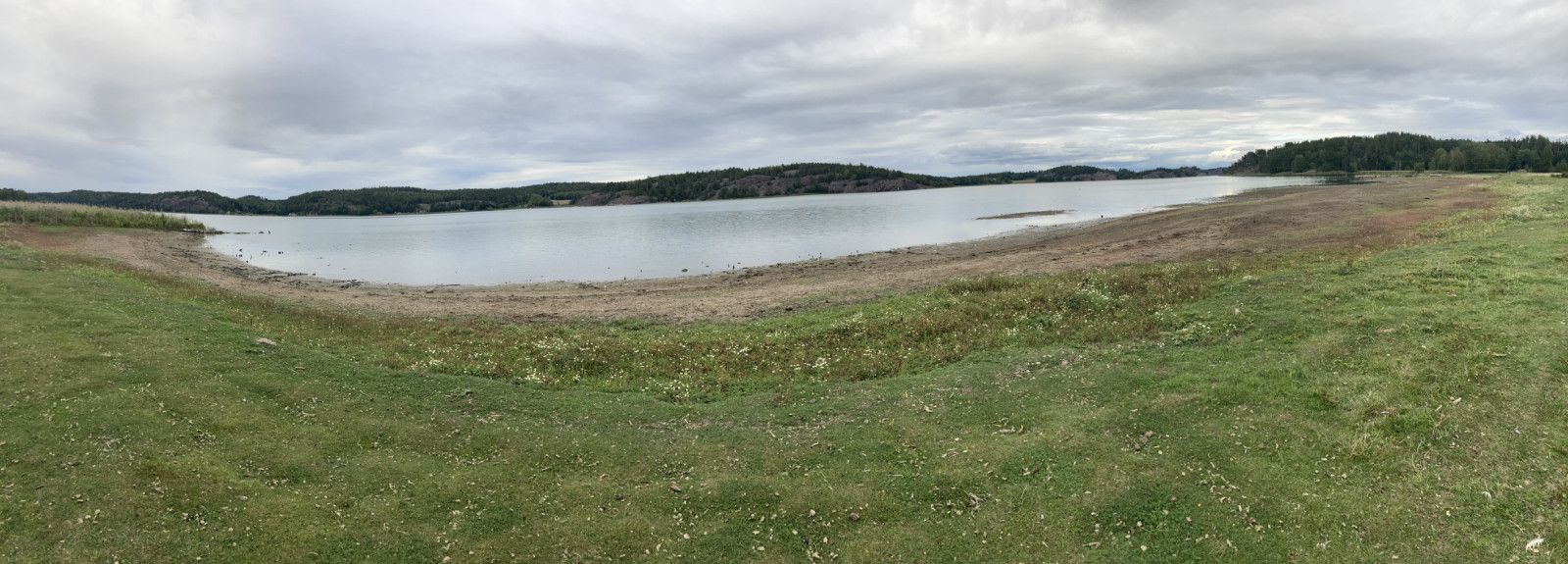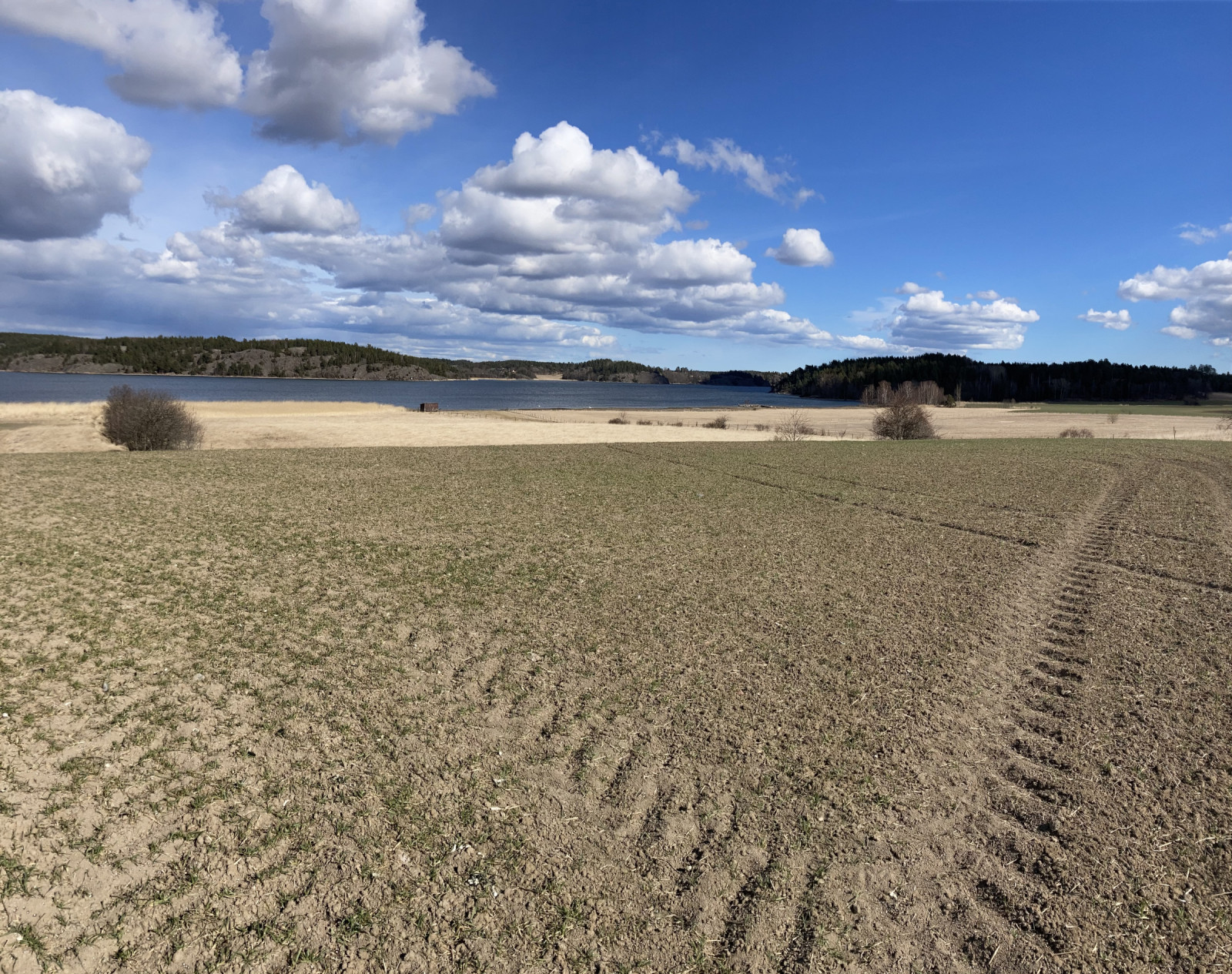Description
The birds start to arrive at Killingholmen in February when the ice starts to loose its grip on the coastal waters. Then ducks start to rest in the shallow parts of the bay; Tepeli patka (at most 100) and around 1000 Büyük tarakdiş can be found. Also the rarer winter ducks like Çamurcun, Elmabaş patka, Sütlabi, Karabaş patka and Tarakdiş. A few hundred geese and around 100 Ötücü kuğu feed on the areas fields and coastal meadows around march. In March the other early spring birds also arrive; Tarlakuşu, Tahtalı, Sığırcık and Kızkuşu. In spring you can find Bıyıklı baştankara in the reed beds.
Year round Atmaca, Akkuyruklu kartal and Şahin are the common predatory birds. But Kaya kartalý, Gökçe delice and Kızıl Çaylak pass by the area. Most common passerine birds arrive in March/April. Slätbaken is a stopping point for passerine birds, which makes it common to find uncommonly early Orman Toygarı and Ökse ardıcı.
From late February and in March the owls in the area can be heard calling. Alaca Baykuş serçe baykuşu and Puhu are sometimes heard. In March more geese start to arrive and not only the common Kanada Kazı and Boz kaz. Also Sakarca (at most 67) and Akyanaklý kaz (at most 100). Tarla kazi, Tundra kazi and Küçük Tarla Kazı are sometimes found. Also Küçük Kuğu has been observed.
On the coastal meadows large amounts of passerine bird start to rest in the end of March and in April. Çayır incirkuşu, Ak kuyruksallayan, Ketenkuşu are the most common. Among these kaya incirkuşu is regularly seen. In the large grassy areas Kır baykuşu can be found. On the coastal meadows Dere düdükçünü, Yeşil düdükçün, Kızılbacak, Fiyu, Boz ördek, Kaşıkgaga, Orman düdükçünü, Altın yağmurcun, Su çulluğu and Bahri. Most common dabbling ducks are found but only Çamurcun is numerous (at most 70). At the Torpa damm Çıkrıkçın and Kilkuyruk have been seen, along with smaller amounts of other ducks.
In april large amounts of thrushes move past the fields and coastal meadows. Hundreds of Öter ardıç, Kızıl ardıç, Tarla ardıcı and Ökse ardıcı are seen. In the end of May and April most birds disappear, except for the breeders.
In May the latest passerine birds, and night active birds arrive. On the fields Çayır delicesi, Gök doðan and Bıldırcın kılavuzu are found. Karasırtlı Martı sometimes rest on the coastal meadows in May. Çütre often sings here. On the meadows Akyanaklý kaz, Boz kaz, Kanada Kazı, Boz ördek, Kızılbacak, Kızkuşu, Bahri, Tepeli patka, Altıngöz and Sakarmeke breed. In the area Küçük ağaçkakan, Kızılsırtlı örümcekkuşu, Çamurcun and Ötücü kuğu breed. At Storåns river mouth you can observe Yalıçapkını.
During autumn Hov strandängar becomes better for birding. From July the area is a good site for wading birds such as Kızkuşu, Kervançulluğu, Halkalı cılıbıt, Küçük halkalı cılıbıt, Dere düdükçünü, Su çulluğu, Altın yağmurcun, Yeşilbacak, Kızılbacak, Döşüşkenkuş, Orman düdükçünü and Yeşil düdükçün. These are all common, while Küçük kumkuşu, Karakarınlı kumkuşu, Sürmeli kervançulluğu, Sarıbacaklı kumkuşu and Kızıl kumkuşu are more rare.
Other wetland birds are often found. Among the rarer birds Yalıçapkını, Hazar sumrusu, Mavigerdan and Büyük ak balýkçýl can be noted. Large amounts of gulls, geese and terns can be found, especially Boz kaz which some years have been found as numerous as 3000.
Large amounts of passerine birds are found in the meadow areas. The most numerous passerine birds are Saka (250 at most), Kır kırlangıcı (500 at most), Çayır taşkuşu, Kuyrukkakan, Sığırcık (600 at most). Later in autumn Küçük batağan, Küçük su çulluğu, Sarıgagalı ketenkuşu, Kulaklı batağan, Sütlabi and Karabaş patka are sometimes found.
Details
Access
Inre Slätbaken is located east of the town of Söderköping. Parking can be found around Hov and several other places. Click on a P in the map for directions to a parking spot.





